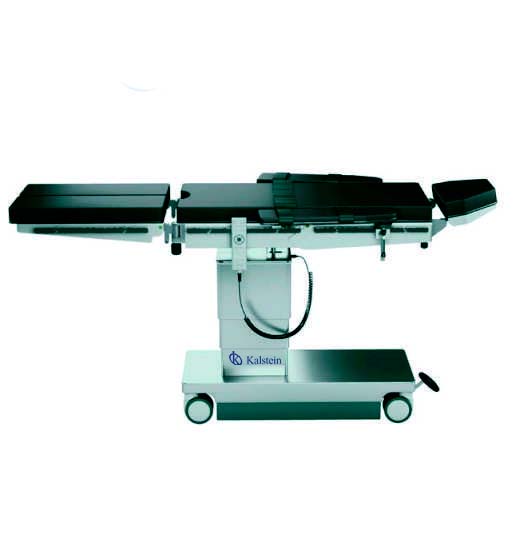In the dynamic world of medicine, one crucial factor in the operating environment cannot be underestimated, and that factor is operating table ergonomics. Although it may go unnoticed by the patient, this aspect has a significant impact on their well-being during and after the operation.
In short, the ergonomics of an operating table play a crucial role in the success of a surgery and in perfecting the patient’s well-being. From improving comfort and minimizing the risk of infection, to helping surgeons perform their work more effectively, operating table ergonomics should not be overlooked in any medical theater.
Comfort and hygiene on the operating table: An essential pillar of patient well-being.
Patient comfort is of vital importance in any medical procedure, even more so in an operation, where the patient will be immobile for a prolonged period of time. From an ergonomic perspective, the operating table plays a fundamental role as it must provide adequate support to minimize discomfort and physical stress.
In addition, hygiene is of paramount importance in any surgical procedure and is also affected by the ergonomics of the table. This is where integrated cleaning designs, which allow for effective cleaning and disinfection, are vital to limit any potential for infection.
The ergonomic operating table as a tool for medical efficiency.
Not only do patients benefit from ergonomically designed operating tables, but the medical team also gains significant advantages. Ergonomically designed operating tables allow surgeons and support staff to perform their tasks with less physical strain, reducing muscle tension. This not only improves their well-being, but also enhances precision and performance during the operation, which, in turn, translates into better patient outcomes.
In addition, an adjustable operating table, with easily modifiable head, trunk and leg support device, allows the surgeon to adapt the patient’s body position according to the specific needs of the operation, resulting in more effective and safer work.
Technological evolution in operating tables.
Operating tables have evolved significantly from their early rigid and inflexible versions. Modern devices include features such as electronic controls for precise position adjustment, sculpted surfaces to maximize patient comfort, and high-performance materials that facilitate cleaning and minimize the spread of pathogens.
As such, ergonomic design in this area is a fundamental aspect of modern healthcare and is only expected to become increasingly important as medical technology advances. At Kalstein we have a YR series of excellent quality, designed with the highest standards and most advanced technology; and being manufacturers we guarantee the best price in the market; know our models HERE; and you can discern their features and applications and design that best suits your needs, contact us and guarantee your purchase.




